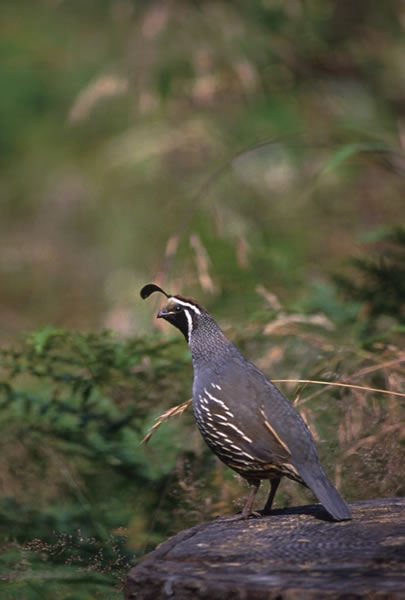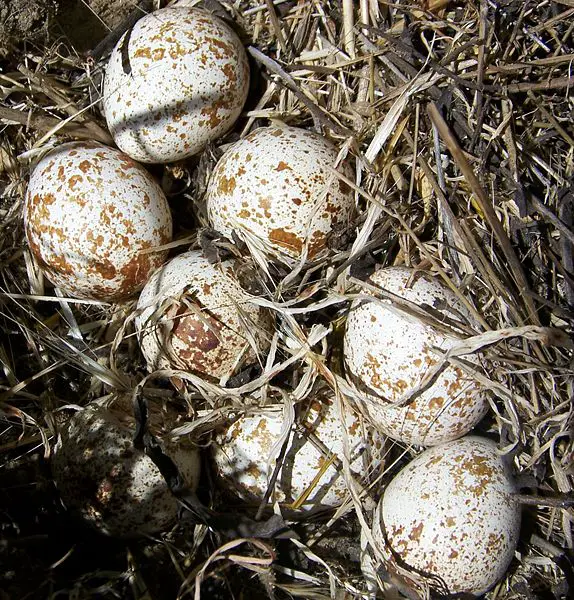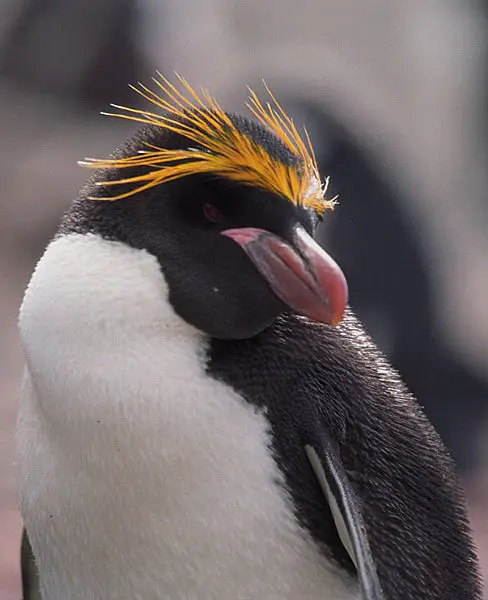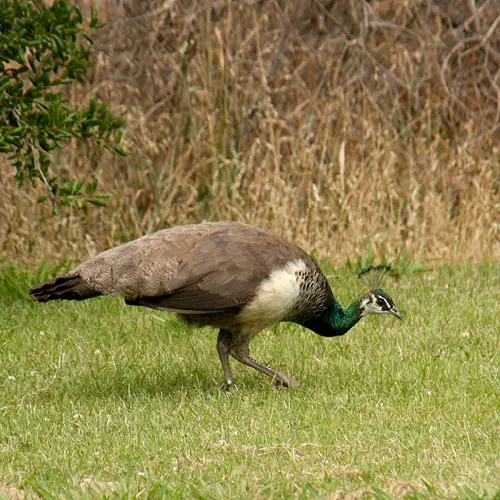Bobwhite Quail
The Virginia quail is a game bird native to North and Central America and the Caribbean. It is the official game bird of Georgia, Washington State and Tennessee.
Other names include the Northern Bobwhite and the Bobwhite Quail.
The name ‘bobwhite’ refers to their characteristic call.

A quail in its native habitat, the underbrush
Virginia quail are ground dwelling birds, who are prone to living in woody, pine and mixed hardwood forests. The habitat varies with the terrain from Mexico to the upper Midwest and then east to Florida. The preferred source of food for the bobwhite quail is pearl millet, however they are also known to feed on any small seed type foodstuffs.
They range in color from grayish brown with the males having a white chin and upper throat and a white stripe running from the bill to the back of the head. The breast and chest color is brown to black. The females are a little larger in size, and have tan collar and eye strips and undersides. They are about ten inches in length and weigh six or seven ounces. Conveys are formed, consisting of five to thirty birds during the non-breeding season.
Quail are active in nesting from early March to September, with the most active time being from May to July. Quail nest on the ground, hidden in dense underbrush.
The female quail will mate with different males during one year and lays one egg a day with a total ranging from twelve to sixteen eggs for the first nests.

Bobwhite, or Virginia Quail Eggs in nest
Both female and male incubate the nests and will help to feed the young who are also called precocial. This means that the young quail will leave the nest quite soon after birth and may be able to fly between two and three weeks of age.
The newly hatched chicks are buff with grey and a chestnut red back and head.
The fledglings often stay with the adults through fall and winter, being ready to mate themselves when they eventually leave the parents for their own nest areas.
There is need for adequate habitat and many people raise quail for restocking as the United States Forest Service replenishes the quail that die from the rigors of the season or from hunting. With care, there will be populations of Virginia quail for years to come and our children and grandchildren to enjoy.



the lead picture is a male Gambles Quail, primarily a western US breed mostly California.